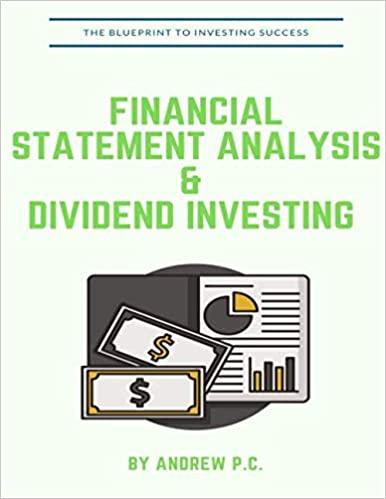Question
1. The risk premium for an investment. a) Is negative for U.S. Treasury Securities b) Increases with risk c) Is a fixed amount added to
1. The risk premium for an investment.
a) Is negative for U.S. Treasury Securities
b) Increases with risk
c) Is a fixed amount added to the risk-free return, regardless of the level of risk
d) Is zero (0) for risk-averse investors
2. When the stock market took a dive as a result of the recent US recession.
a) That is an example of diversifiable risk
b) That is an example of systematic risk
c) That is an example of company risk or non-systematic risk
d) Both A and C are true answers
3. Which of the following are false regarding financial instruments and money
a) Financial instruments can function as a means of payment and a store of value
b) Money can function as a means of payment and a store of value
c) Financial instruments allow for the transfer of risk between buyer and seller.
d) Money allows for the transfer of risk between buyer and seller.
4.
Which of the following stock price indexes is a price--weighted index?
a) Dow Jones Industrial Average
b) Standard & Poor's 500 Index
c) Nasdaq
d) Wilshire 5000
5. You invest $50,000 in a security that pays a 10% return and you invest it for three years. How much do you have at the end of the three years if it pays interest annually?
a) $66,555
b) $50,500
c) $55,000
d) $51,500
6. You invest in a bond that has a five year life and pays a coupon of 11% with a face value (principal) of $1000. Which if the following statements are true if you needed to get a 13% return?
a) You paid more than $1000 for it.
b) You paid less than $1000 for it
c) It sold to you at a premium
d) You paid $1000 for it.
Step by Step Solution
There are 3 Steps involved in it
Step: 1

Get Instant Access to Expert-Tailored Solutions
See step-by-step solutions with expert insights and AI powered tools for academic success
Step: 2

Step: 3

Ace Your Homework with AI
Get the answers you need in no time with our AI-driven, step-by-step assistance
Get Started


